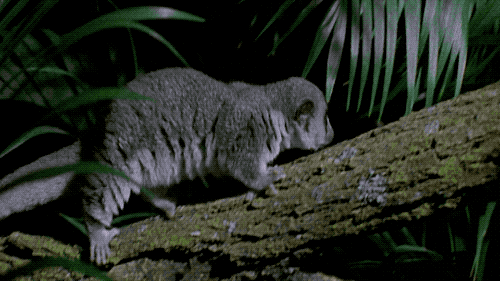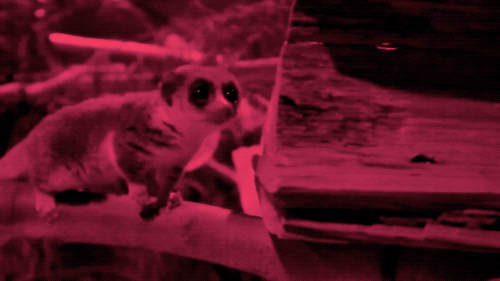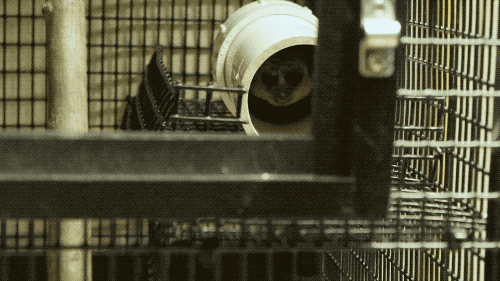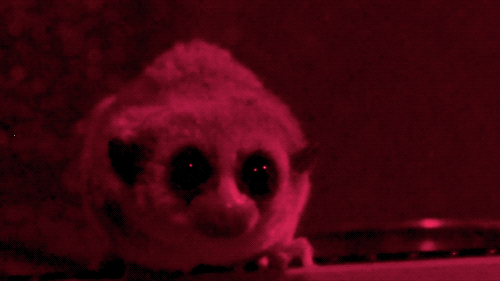
Lemurs: They’re just like us! Well, not exactly—but take a look at their genome, and you’ll see that they’re nearly as closely-related to humans as chimpanzees. But unlike humans, chimps, and every other primates, dwarf lemurs, which are found naturally only on the island of Madagascar, hibernate for the long, dry season on the island. That’s why Peter Klopfer, professor emeritus of biology at Duke University, is studying them for human application.
The Duke Lemur Center, which is the only captive colony of dwarf lemurs outside of Madagascar, studies the process. During that hibernation period, the lemurs enter a state of torpor, which essentially disables the animals’ internal thermostat. Lemurs in torpor become “as cold-blooded as a snake,” says Klopfer.
By recording their brain function and monitoring their temperature during hibernation, the researchers discovered that the animals periodically warmed up just enough for the brain to become active so they could sleep (sleep is an active brain state). After a few hours of the sleep phase, the lemurs would revert back into torpor. Significantly, when the animals emerge from torpor, they are fully agile within minutes.
“How do the muscles maintain that capacity? How does the kidney manage to stay alive?” says Klopfer. “We haven’t a clue.”
One thing researchers do know is that humans possess the same gene that is activated in the dwarf lemur when they initiate torpor.
“What we lack is the switch that turns them on,” says Klopfer. “If we could identify that switch, there’s very real possibility that we could induce prolonged torpor in humans. That would be a great asset.”
If someone required heart surgery and the doctors needed to slow down the heart beat, for example, they could potentially induce torpor. The ability to induce torpor could also be beneficial for long space travel without the need for food or exercise.
“We’ve hardly scratched the beginning of studying lemur physiology in general and the physiology of hibernation in particular,” says Klopfer. “We’re just beginning to get a picture of what’s going on in these little bodies.”



Further Reading:
- Learn more about the Duke Lemur Center.
Credits
Produced by Luke Groskin
Music by Audio Network
Article by Johanna Mayer
Additional Footage and Stills Provided by Duke Lemur Center, Peter Klopfer,
Marina Blanco, Pond5, Getty Images, Shutterstock, Andrew Quitmeyer (C.C. BY 2.0),
Morten Rustad (C.C. BY 2.0), NASA/SpaceWorks, David Haring, Laura Jones, Patrick Ross
Special Thanks to Sara Clark, Anna Casey, Erin Ehmke, and Peter Klopfer
Meet the Producers and Host
About Luke Groskin
@lgroskinLuke Groskin is Science Friday’s video producer. He’s on a mission to make you love spiders and other odd creatures.
About Johanna Mayer
@yohannamayerJohanna Mayer is a podcast producer and hosted Science Diction from Science Friday. When she’s not working, she’s probably baking a fruit pie. Cherry’s her specialty, but she whips up a mean rhubarb streusel as well.